Coffee is more than just a beverage; it’s a global industry that shapes economies, cultures, and ecosystems. Each coffee-producing region brings something unique to the table, from distinct taste profiles to innovative sustainability practices. However, these regions also face unique challenges that impact both the quality of the coffee and the livelihoods of those who produce it.
In this deep dive, we’ll explore the major coffee-producing nations and regions, their taste profiles, key players, sustainability practices, and the challenges they face.

1. Brazil: The Coffee Giant
Taste Profiles and Notable Varieties
Brazil is the largest coffee producer in the world, accounting for about one-third of global production. Brazilian coffee is known for its smooth, mild flavour with chocolate and nutty undertones. The country produces a variety of beans, including Arabica and Robusta, with Bourbon, Mundo Novo, and Catuai being some of the most notable varieties.
Key Players and Markets
Key players in the Brazilian coffee industry include companies such as Café do Brasil and Daterra Coffee, as well as global giants like Nestlé and Starbucks, which source significant amounts of their coffee from Brazil. Brazilian coffee is exported to a wide range of countries, with the United States, Germany, and Italy being some of the largest importers.
Sustainability Practices
Brazil has made strides in sustainable coffee production, with many farms adopting eco-friendly practices such as water conservation, reduced pesticide use, and shade-grown coffee to preserve biodiversity. Certifications like Rainforest Alliance and UTZ are increasingly common among Brazilian coffee producers.
Challenges
Despite its dominance in the global market, Brazil faces challenges such as climate change, which affects crop yields and quality. Droughts, particularly in regions like Minas Gerais, can severely impact production. Additionally, there are ongoing concerns about deforestation and the socio-economic conditions of coffee farmers.
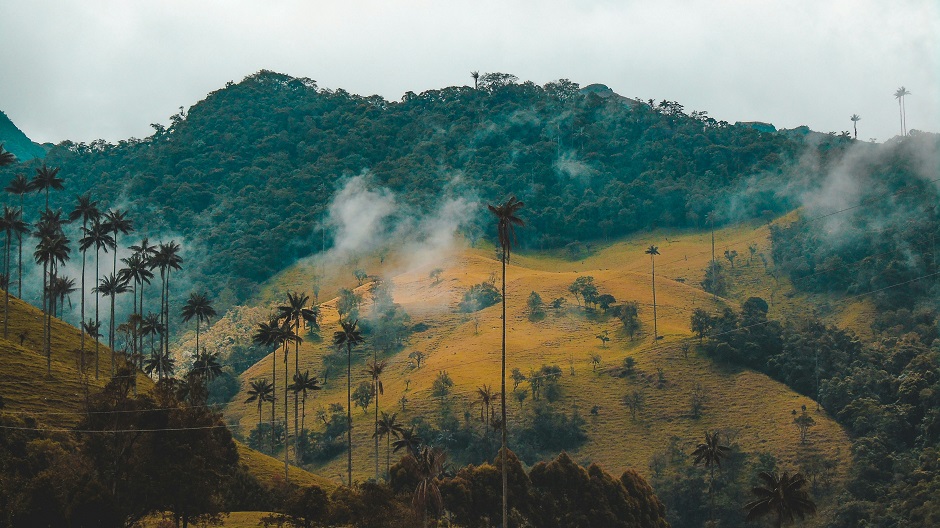
2. Colombia: The Arabica Specialist
Taste Profiles and Notable Varieties
Colombian coffee is synonymous with high-quality Arabica beans. The country’s coffee is known for its well-balanced flavour, bright acidity, and fruity notes, often described as having hints of red berries and caramel. Varieties like Typica and Bourbon are widely cultivated.
Key Players and Markets
The National Federation of Coffee Growers of Colombia (FNC) plays a crucial role in promoting and regulating Colombian coffee. Companies such as Juan Valdez have become global icons representing Colombian coffee. Major markets include the United States, Canada, and Japan.
Sustainability Practices
Colombian coffee growers are increasingly focusing on sustainable practices, with many smallholder farms obtaining certifications from Fair Trade and Organic. The FNC also supports programmes aimed at improving environmental practices and the economic resilience of farmers.
Challenges
Colombian coffee farmers face challenges related to climate change, such as erratic rainfall and rising temperatures, which can lead to diseases like coffee leaf rust (La Roya). Additionally, fluctuating global coffee prices often put economic pressure on small-scale farmers.
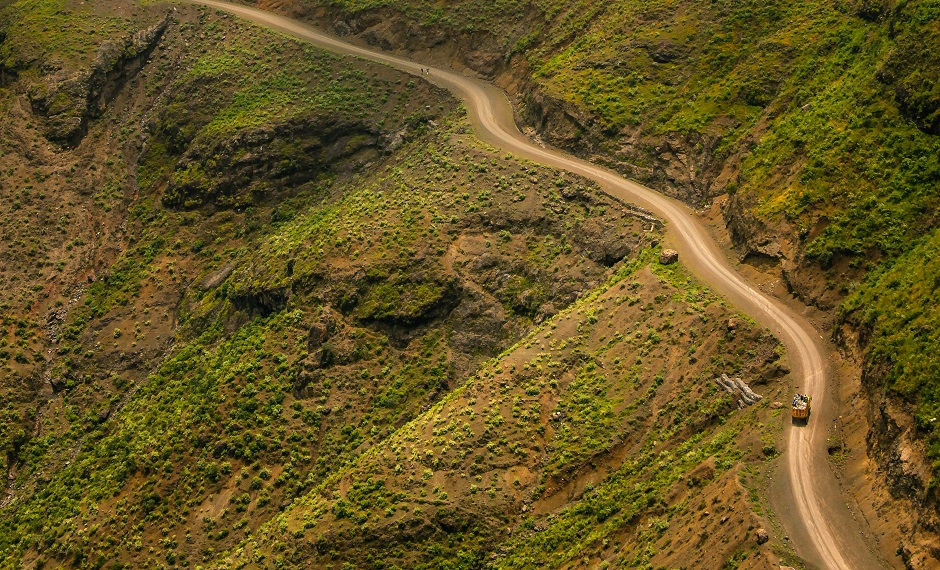
3. Ethiopia: The Birthplace of Coffee
Taste Profiles and Notable Varieties
Ethiopia is considered the birthplace of coffee, with a rich heritage of coffee cultivation. Ethiopian coffee is renowned for its diverse flavour profiles, ranging from fruity and floral notes in regions like Yirgacheffe to more robust and wine-like flavours in Harrar. Heirloom varieties are common, contributing to the unique taste profiles.
Key Players and Markets
Ethiopia’s coffee industry is characterised by smallholder farms and cooperatives. The Ethiopian Coffee and Tea Development and Marketing Authority oversees the sector. Major importers of Ethiopian coffee include the United States, Germany, and Saudi Arabia.
Sustainability Practices
Sustainability in Ethiopian coffee is rooted in traditional farming methods, such as shade-grown coffee and organic farming. There is also a strong focus on maintaining biodiversity and supporting smallholder farmers through cooperative models. Certification schemes like Fair Trade and Rainforest Alliance are prevalent.
Challenges
Ethiopian coffee faces challenges such as political instability, which can disrupt production and export activities. Climate change also poses a threat, particularly in terms of altering rainfall patterns and increasing the incidence of pests and diseases.
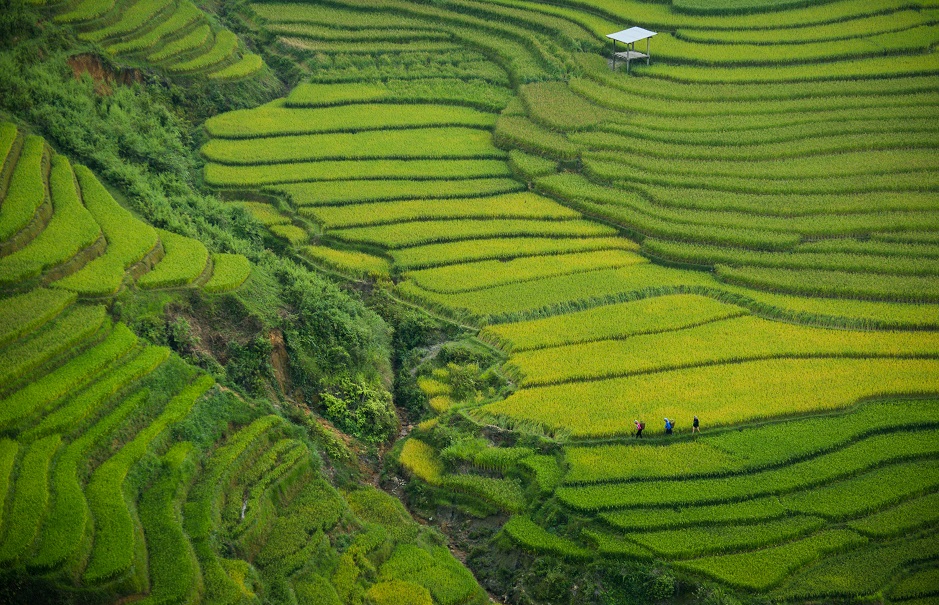
4. Vietnam: The Robusta Powerhouse
Taste Profiles and Notable Varieties
Vietnam is the world’s largest producer of Robusta coffee, which is known for its strong, bold flavour with a higher caffeine content and bitter notes. While Vietnam is predominantly associated with Robusta, there is a growing production of Arabica, particularly in regions like Da Lat.
Key Players and Markets
Major players in the Vietnamese coffee industry include companies such as Vinacafé and Trung Nguyên Legend, which are significant exporters. Vietnam’s coffee is exported primarily to markets in Europe, the United States, and Asia.
Sustainability Practices
Sustainability in Vietnamese coffee is still developing, with efforts focusing on improving water use, reducing chemical inputs, and promoting organic farming. The government, along with international organisations, is working to support farmers in adopting more sustainable practices.
Challenges
Vietnam faces challenges related to over-reliance on Robusta, which is often seen as lower quality compared to Arabica. Climate change, particularly in terms of water scarcity, poses a significant threat to production. Additionally, fluctuating global prices and the need for better infrastructure are ongoing issues.
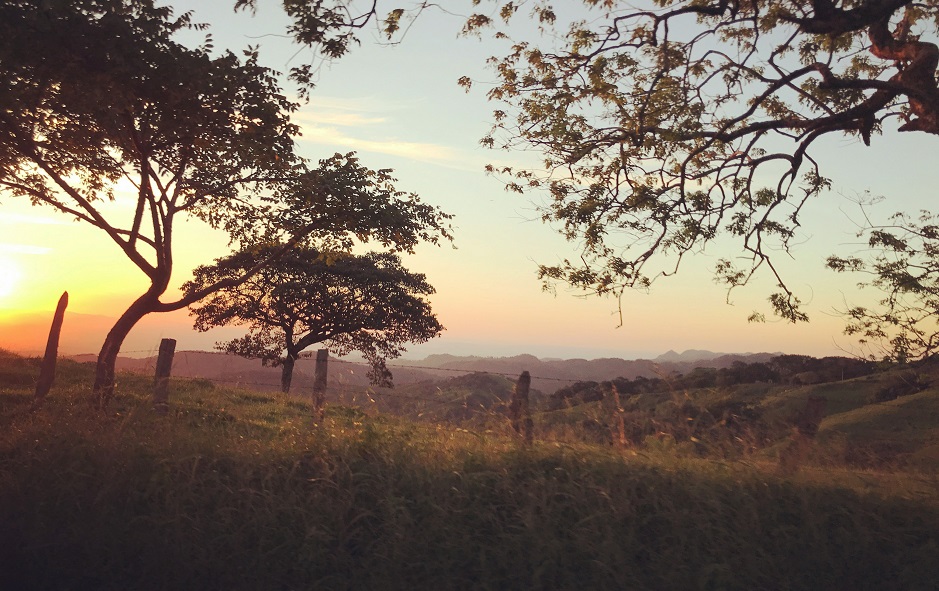
5. Costa Rica: The Eco-Friendly Pioneer
Taste Profiles and Notable Varieties
Costa Rica is celebrated for its high-quality Arabica coffee, particularly from regions like Tarrazú and Central Valley. The coffee is known for its bright acidity, full body, and fruity, citrus-like flavours. Varieties like Caturra and Catuai are commonly grown.
Key Players and Markets
Costa Rica’s coffee industry is characterised by numerous small farms and cooperatives, with companies such as Café Britt and Doka Estate being well-known names. The United States, Canada, and Germany are among the top importers of Costa Rican coffee.
Sustainability Practices
Costa Rica is a leader in sustainable coffee production, with many farms embracing organic farming, shade-grown coffee, and water conservation practices. The country is also known for its commitment to achieving carbon neutrality, with the coffee sector playing a significant role in this goal. Certifications like Rainforest Alliance, Fair Trade, and Carbon Neutral are common.
Challenges
Costa Rican coffee farmers face challenges related to rising production costs, which can affect profitability. Climate change, particularly increasing temperatures and unpredictable weather patterns, also threatens coffee quality and yields.
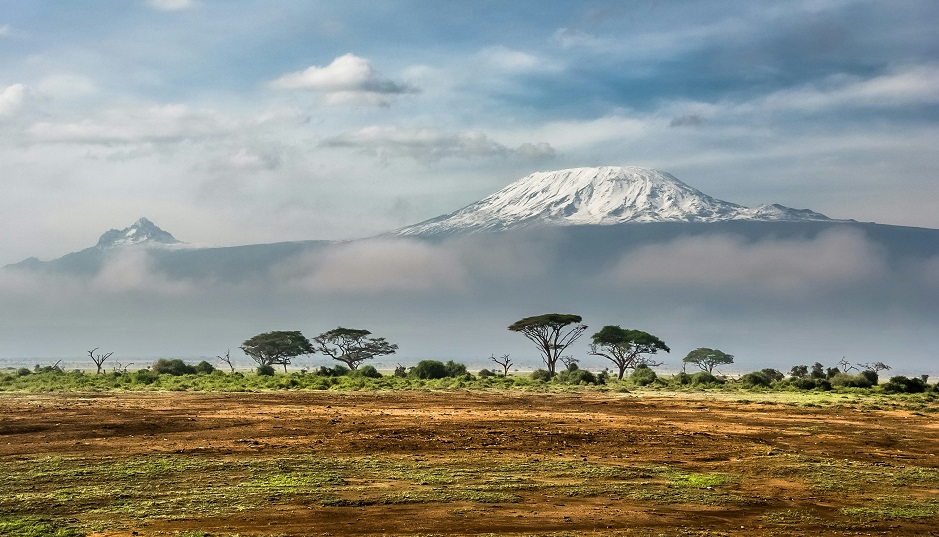
6. Kenya: The Champion of High-Quality Arabica
Taste Profiles and Notable Varieties
Kenya is renowned for its high-quality Arabica coffee, known for its bright acidity, full body, and flavours that often include berry, citrus, and wine-like notes. SL28 and SL34 are the most notable varieties grown in Kenya.
Key Players and Markets
The Kenya Coffee Producers and Traders Association (KCPTA) plays a central role in the Kenyan coffee industry, overseeing everything from production to export. Kenya’s coffee is highly sought after, particularly in speciality markets in Europe, the United States, and Japan.
Sustainability Practices
Kenya has made strides in sustainable coffee production, with many farmers adopting organic farming methods and focusing on maintaining soil health. Certification schemes like Fair Trade and Rainforest Alliance are prevalent, helping to ensure that coffee production is both environmentally friendly and economically viable for farmers.
Challenges
Kenya’s coffee industry faces challenges such as declining production due to urbanisation, which reduces the available land for coffee farming. Additionally, climate change poses a significant threat, with altered rainfall patterns affecting coffee yields and quality.
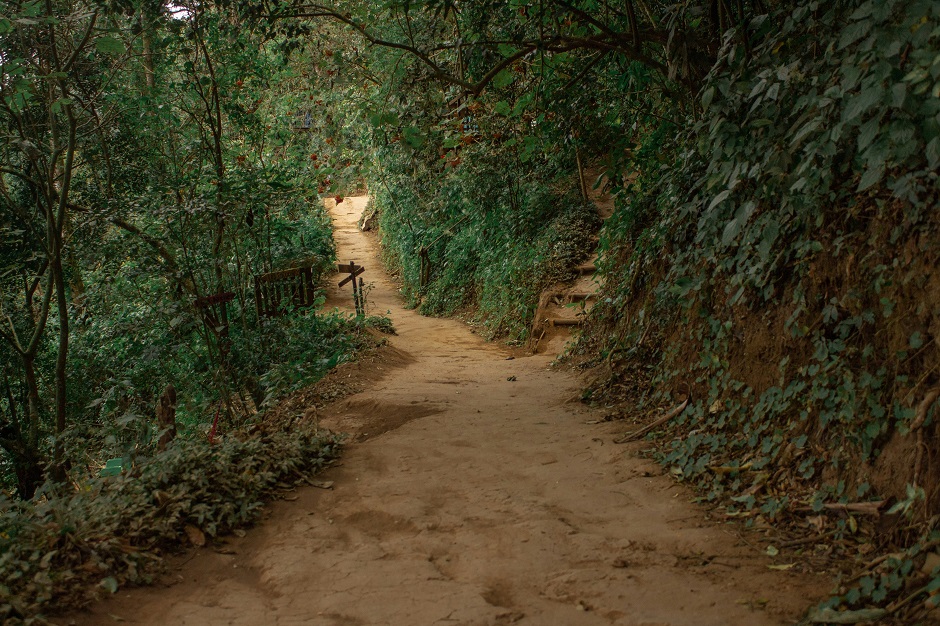
7. Guatemala: The Land of Distinct Regions
Taste Profiles and Notable Varieties
Guatemala is known for its diverse coffee-growing regions, each with distinct flavour profiles. Coffee from Antigua, for example, is known for its full body and chocolatey flavour, while Huehuetenango coffee is prized for its bright acidity and fruity notes. Varieties like Bourbon and Caturra are common.
Key Players and Markets
The National Coffee Association of Guatemala (Anacafé) is a key player in the Guatemalan coffee industry, providing support and marketing for coffee farmers. Guatemala exports coffee primarily to the United States, Japan, and Germany.
Sustainability Practices
Sustainability in Guatemalan coffee production includes efforts to conserve water, maintain soil health, and promote organic farming. Many farmers also participate in reforestation projects to combat deforestation. Certifications like Fair Trade and Rainforest Alliance are increasingly common.
Challenges
Guatemala’s coffee farmers face challenges such as political instability and violence, which can disrupt production and trade. Climate change also poses a threat, particularly in terms of increasing temperatures and unpredictable weather patterns that can lead to crop diseases like coffee leaf rust.
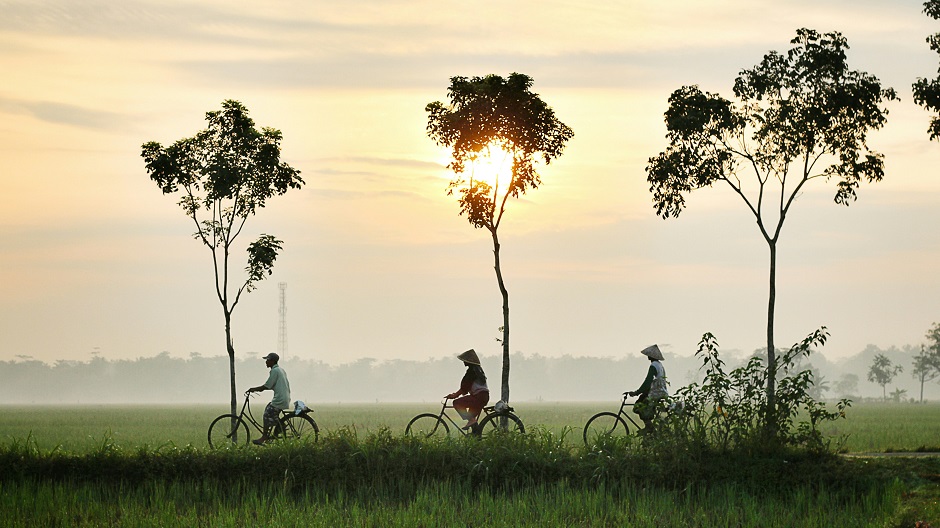
8. Indonesia: The Archipelago of Coffee
Taste Profiles and Notable Varieties
Indonesia produces a wide range of coffee, with Sumatra, Java, and Sulawesi being the most famous regions. Sumatran coffee is known for its earthy, full-bodied flavour with notes of chocolate and spice, while Javanese coffee is typically smoother and sweeter. The country produces both Arabica and Robusta beans.
Key Players and Markets
Indonesia’s coffee industry is characterised by smallholder farms and cooperatives, with companies such as Kapal Api and Gayo Coffee being notable exporters. Indonesia exports coffee primarily to the United States, Japan, and Europe.
Sustainability Practices
Sustainability in Indonesian coffee production includes shade-grown practices, organic farming, and efforts to improve water conservation. The government and various non-governmental organisations (NGOs) have been working to support farmers in adopting these sustainable practices. Certifications such as Fair Trade and Rainforest Alliance are becoming more common in the region.
Challenges
Indonesia’s coffee industry faces several challenges, including deforestation, which threatens biodiversity and the ecosystems that coffee plants depend on. Climate change is another significant issue, with unpredictable weather patterns affecting coffee yields. Additionally, infrastructure challenges and the need for improved farming practices remain persistent obstacles.
Conclusion
The world of coffee is as diverse and complex as the regions that produce it. Each coffee-producing nation contributes unique flavours and cultural practices to the global coffee landscape. However, these regions also face significant challenges, from the impacts of climate change to economic pressures and social issues. As consumers, understanding the origins of our coffee can help us make more informed choices that support sustainability and fair trade practices, ensuring that the industry continues to thrive for generations to come.



